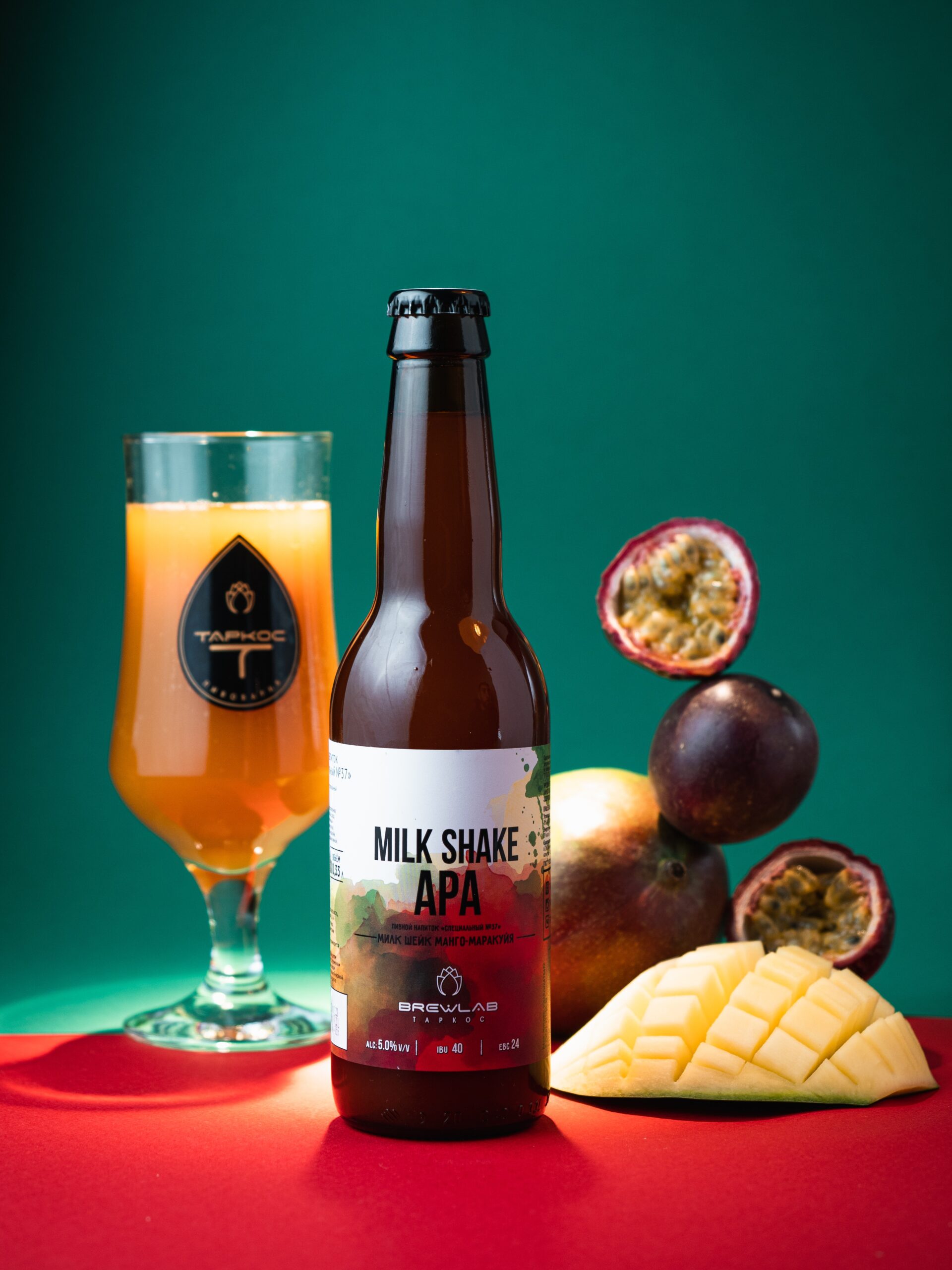Introduction
Brewing your own beer at home is an immersive, engaging endeavor that opens up a world of creativity in crafting distinctive flavors, styles, and characteristics in your brew. Initially, the process can seem daunting with its myriad steps and specialized equipment. However, with a strong grasp of the basics, coupled with a dash of patience and a sprinkle of adventurous experimentation, homebrewing can evolve into a highly rewarding and enjoyable venture. You can also check out the guides to brewing your own beer at home from our friends at soundbrewery.com for more information.
Section 1: The Science Behind Brewing
Beer is a complex blend of art and science, encompassing biology, chemistry, and even a little physics. Fundamentally, beer is created from four basic ingredients: water, malted grains (commonly barley), hops, and yeast.
The brewing process initiates with the extraction of sugars from grains, a process known as mashing. This produces a sweet concoction called wort. The wort is then boiled and mixed with hops to introduce bitterness and flavor, balancing the sweetness of the malt. The cooled wort is then transferred to a fermenter, where yeast is introduced. The yeast consumes the sugar in the wort, producing alcohol, carbon dioxide, and heat—a process known as fermentation. Finally, the beer is carbonated and packaged for consumption.
Understanding the science behind brewing provides the knowledge to troubleshoot issues, tweak recipes, and ultimately create better beer.
Section 2: Essential Equipment for Homebrewing
The investment in appropriate homebrewing equipment is crucial for success. Basic equipment includes a brewing kettle, a fermenter with an airlock to allow gases to escape during fermentation, a thermometer for temperature control, a hydrometer for measuring the gravity (or sugar content) of your beer, a large spoon or paddle for stirring, a siphon for transferring the beer, and sanitizing supplies to keep everything clean and sterile.
Once your beer is brewed, it will need to be stored. This requires bottles or kegs, as well as a bottle capper or kegging system for sealing your containers. Numerous homebrewing suppliers offer convenient starter kits that include all the basic equipment you’ll need.
Section 3: Selecting Your Ingredients
The choice of ingredients is instrumental in defining the flavor, color, and aroma of your beer. For beginners, a beer recipe kit is a practical starting point. These kits include pre-measured malt, hops, and yeast designed to create a specific style of beer.
As your brewing prowess develops, you can begin exploring the vast array of malted grains, yeast strains, and hops varieties available. This experimentation allows you to create distinctive, personalized recipes.
Section 4: Step-by-Step Homebrewing Process
Mashing: The process begins with mashing. Here, the malted grains are soaked in hot water, usually between 148-158 degrees Fahrenheit, to release their sugars. This typically takes about one hour, and the end product is a sugary liquid known as wort.
Boiling: Next, the wort is boiled for sterilization and then hops are added at different stages. Early additions contribute to bitterness, while later additions add aroma and flavor to the beer. The boiled wort is then cooled rapidly to a temperature where yeast can be safely added.
Fermentation: The cooled wort is transferred to a fermentation vessel, and yeast is pitched in. This triggers the fermentation process, where yeast consumes the sugars and produces alcohol, carbon dioxide, and other flavor compounds. Primary fermentation typically lasts one to two weeks.
Bottling: After primary fermentation, the beer is transferred to a new vessel for conditioning. During this phase, extra sugar is added to the beer and it is bottled or kegged. The remaining yeast in the beer consumes this sugar, producing carbon dioxide which naturally carbonates the beer. This process can take an additional two weeks or more.
Section 5: Sanitation: A Brewer’s Best Friend
An essential yet often overlooked aspect of brewing is rigorous sanitation. Microorganisms are always ready to feast on your sugary wort, potentially spoiling your beer. It’s crucial to sanitize any equipment that will touch your beer post-boiling. Use a no-rinse sanitizer for convenience and effectiveness. Regular cleaning and sanitization ensure your hard work doesn’t get ruined by unwanted bacteria or wild yeasts.
Section 6: The Art of Patience
Homebrewing is a venture in patience. Each stage of the brewing process has its own timeline, and rushing any step can result in inferior beer. Take your time, follow the process, and allow the beer to fully mature at each stage. The end product of a well-brewed beer is always worth the wait.
Conclusion
Homebrewing is a fantastic blend of science, tradition, creativity, and patience, resulting in a product you can truly call your own. With every batch, you’ll learn more about the intricacies of brewing, enabling you to refine your process and improve your results. Remember, cleanliness, quality ingredients, and following the process are your keys to a successful brew. So, grab your brew kettle and let your beer journey begin! Happy brewing!
